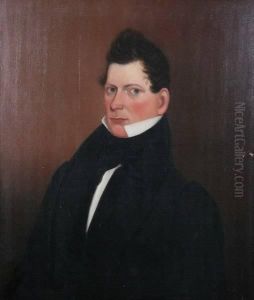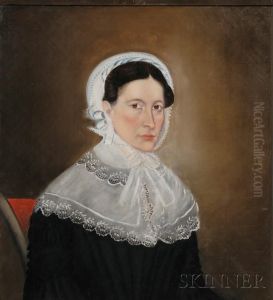Ira Chaffee Goodell Paintings
Ira Chaffee Goodell was an American artist born in 1833, whose life and work spanned through the heart of the 19th century, a period rich in American history and culture. Coming from a time when the United States was rapidly growing and changing, Goodell's contributions, though not widely known in the mainstream art world, provide a glimpse into the artistic endeavors and expressions of his era. His life, marked by the Civil War, the Reconstruction era, and the dawn of the industrial age, would have influenced his perspectives and potentially his artwork, although specific details on his thematic choices and stylistic developments are scarce.
Goodell's artistic journey, like many of his contemporaries, would have been shaped by the societal shifts and technological advancements of his time. The mid-19th century saw a burgeoning in American art, with movements such as the Hudson River School and the later American Impressionism beginning to take hold. While Goodell may not have been directly associated with these movements, the era's focus on capturing the American landscape, exploring domestic themes, and experimenting with light and color would have been part of the artistic milieu he navigated.
There is limited information on Goodell's formal education and training in the arts, which is not uncommon for artists of his time. Many artists learned through apprenticeships, traveling, or self-teaching, utilizing the natural and burgeoning urban landscapes as their subjects. What is known is that Goodell lived through a transformative period in American art, where the value of an American art scene was beginning to be recognized both domestically and internationally.
Ira Chaffee Goodell's death in 1905 marked the end of an era for artists of his generation. His contributions, though perhaps not as celebrated as those of his more famous peers, remain part of the rich tapestry of American art history. His work, in whatever form or subject it took, adds to our understanding of the cultural and artistic narratives of the 19th century. Details on his exhibitions, collections, or specific works remain scant, reflecting the broader challenge of preserving and recognizing the legacy of artists who operated outside the main currents of their time's most influential art movements.

